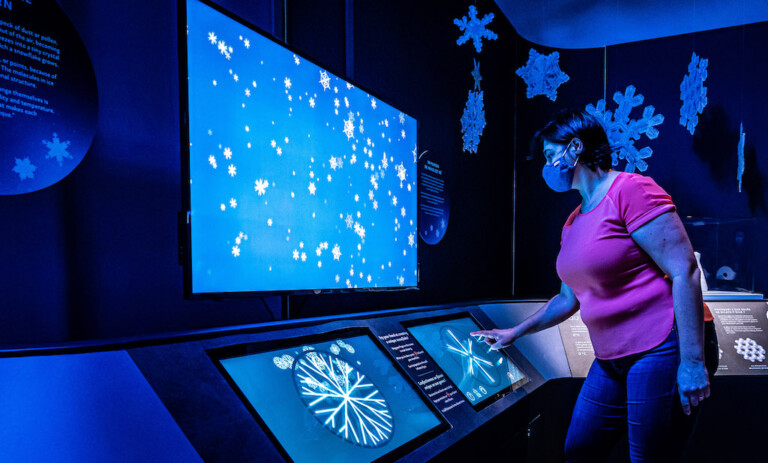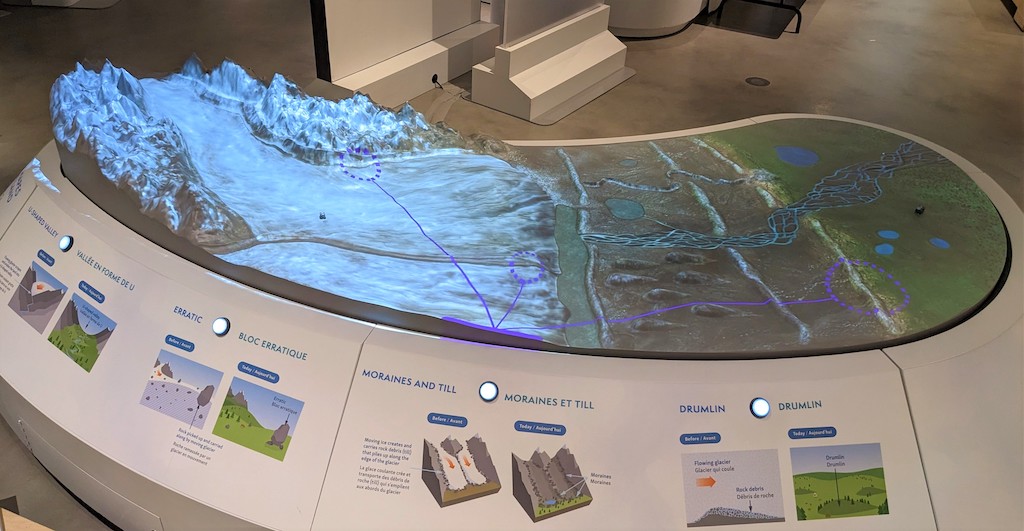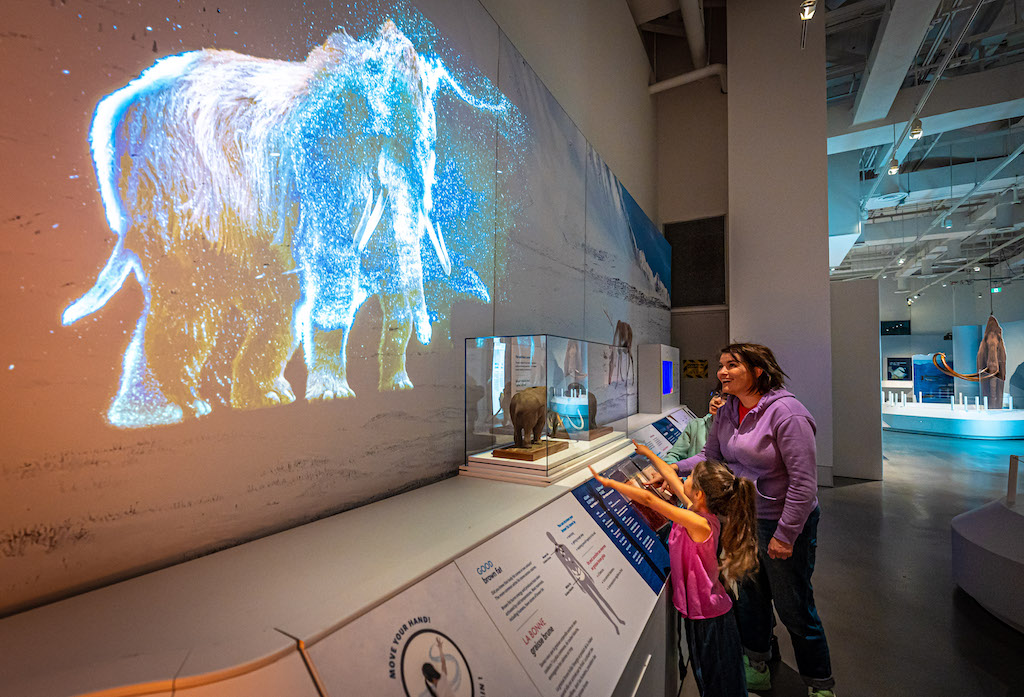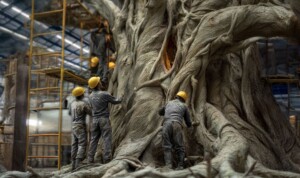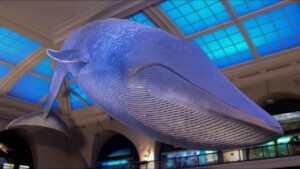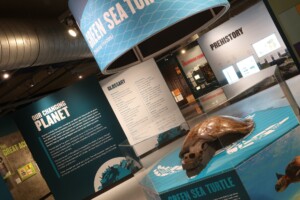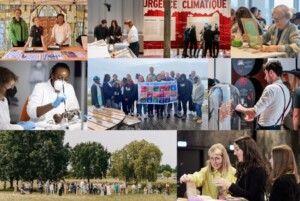The American Museum of Natural History (AMNH), a major scientific and cultural institution, is touring an engaging and interactive exhibition that explores climate change, at a pivotal time for the world. The aim of the exhibition, Planet Ice: Mysteries of the Ice Ages, touring on behalf of the Canadian Museum of Nature, is to help visitors understand that we need the planet’s ice in order to keep a sustainable way of life.
Many people would be surprised to learn that we are now living in an ice age. Ice and cold have long influenced the way we live and the planet we inhabit, and they are still essential to our daily lives today.
Planet Ice: Mysteries of the Ice Ages, an exhibition about climate change in disguise, covers more than 7,500 square feet and presents this important topic in an informative and entertaining way—from explaining what ice is and how it helps regulate our climate, to how its presence has shaped landscapes and biodiversity across history. The Canadian Museum of Nature invites visitors to be a part of this journey: there is still time to act and find solutions to mitigate the effects of our changing climate.
Educational interactives & more
Planet Ice uses 120 specimens, artefacts, and models to tell the epic tale of ice and adaptation. The exhibition also features a compelling cast of characters, including the woolly mammoth, short-faced bear, giant beaver, American lion, and Neanderthals.
However, Planet Ice also provides much more, including educational digital interactives. Visitors are encouraged to make their own snowflakes as an accompaniment to the opening portion that explains what ice is and how it occurs. Guests may design and display their own snowflakes on the main screen in the exhibition using this engaging interactive, which was developed by the museum in collaboration with Simbioz (Montréal, Quebec). Visitors can share their snowflake creations on social media as a digital keepsake of the exhibition and access it online.
The dynamic 3D topographical table (Glaciation Island), produced by Simbioz and Robocut Studio (Montréal, Quebec), is another popular interactive exhibit. Visitors can develop a greater understanding of how the power of ice has changed the terrain and created geological formations, such as lakes, rivers, and valleys, by using a bespoke, 3D-printed surface with a 4K downward projector.
The team from the Canadian Museum of Nature, in examining the visitor experience, found that the Planet Ice exhibits were doing a good job of capturing guests’ attention. For instance, visitors spent roughly 3 minutes on Glaciation Island, and it was the top-rated of the five interactives they remembered after their visit.
Engaging through AR
Every informal educator is aware that, in addition to science facts, emotion also plays a part in the exhibition experience. Visitors to Planet Ice can resurrect extinct animals through an augmented reality (AR) experience.
Created in collaboration with Moment Factory, a renowned Montreal-based firm, this uses a Microsoft Kinect device to let users remove a projected blizzard by waving their hands. The snowflakes then begin to take the appearance of an American lion or a mammoth. The unexpected encounter brings a magical experience to Planet Ice and is a favourite with guests of all ages.
Planet Ice: Mysteries of the Ice Ages illustrates that learning about climate change doesn’t have to be boring or cause visitors to feel anxious. Immersive and instructive interactives can be used to explore the topic, putting the visitor in an active thinker mode for the planet’s future.
After two successful appearances in Canada at the Canadian Museum of Nature and Ontario Science Centre, Planet Ice will now travel across North America. Beginning in early October 2023, it will make its American debut at the Denver Museum of Nature and Science. Beginning in the spring of 2024, AMNH, which exclusively manages the tour on behalf of the Canadian Museum of Nature, will begin looking for new locations.
To learn more about Planet Ice, tune in to an upcoming live webinar about the exhibition’s unique content and its experience, featuring Canadian Museum of Nature curator Dr Scott Rufolo. This session will take place on 12 September at 2 p.m. EST. To register, please click here. For more information about this or any other travelling exhibitions from AMNH, email the team, or speak with them at the upcoming annual meeting of the Association of Science and Technology Centers (ASTC) in Charlotte, North Carolina, this October.
Top image credit Martin Lipman, copyright Canadian Museum of Nature
